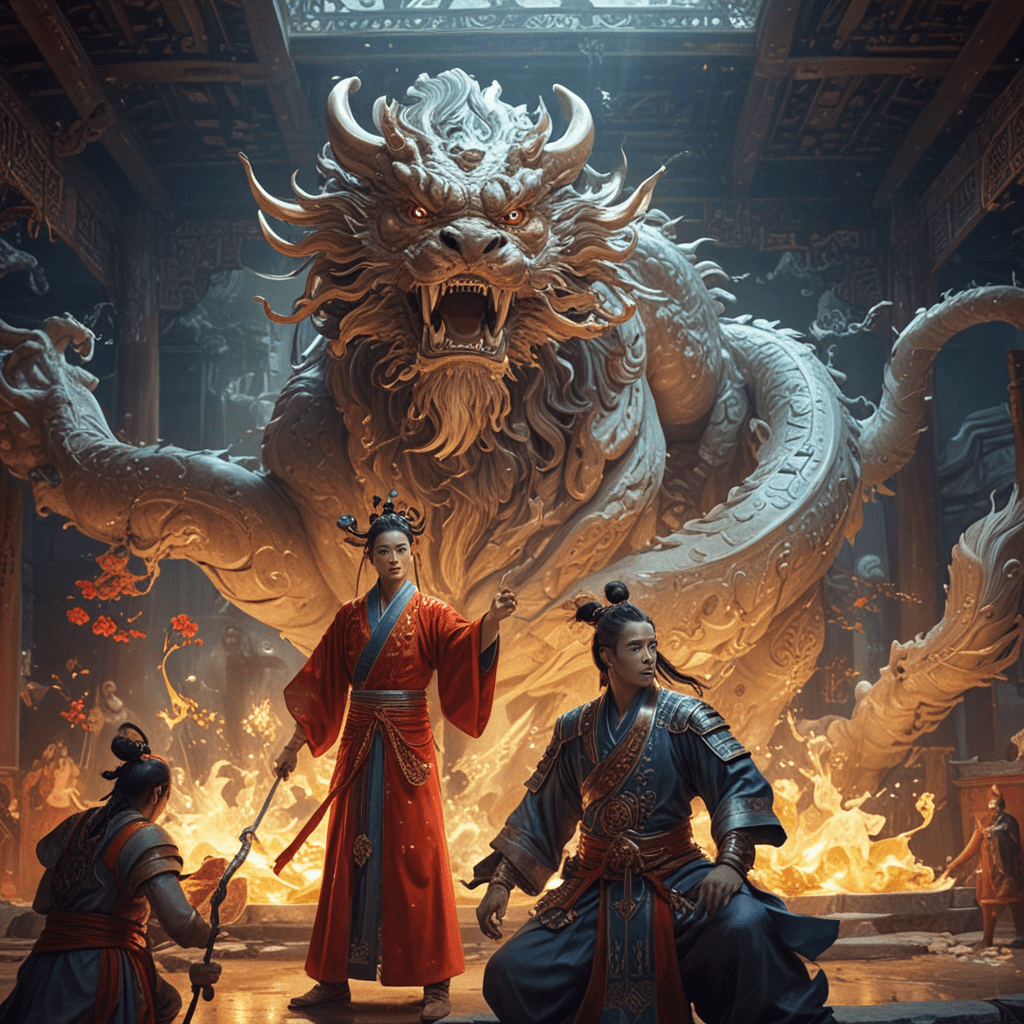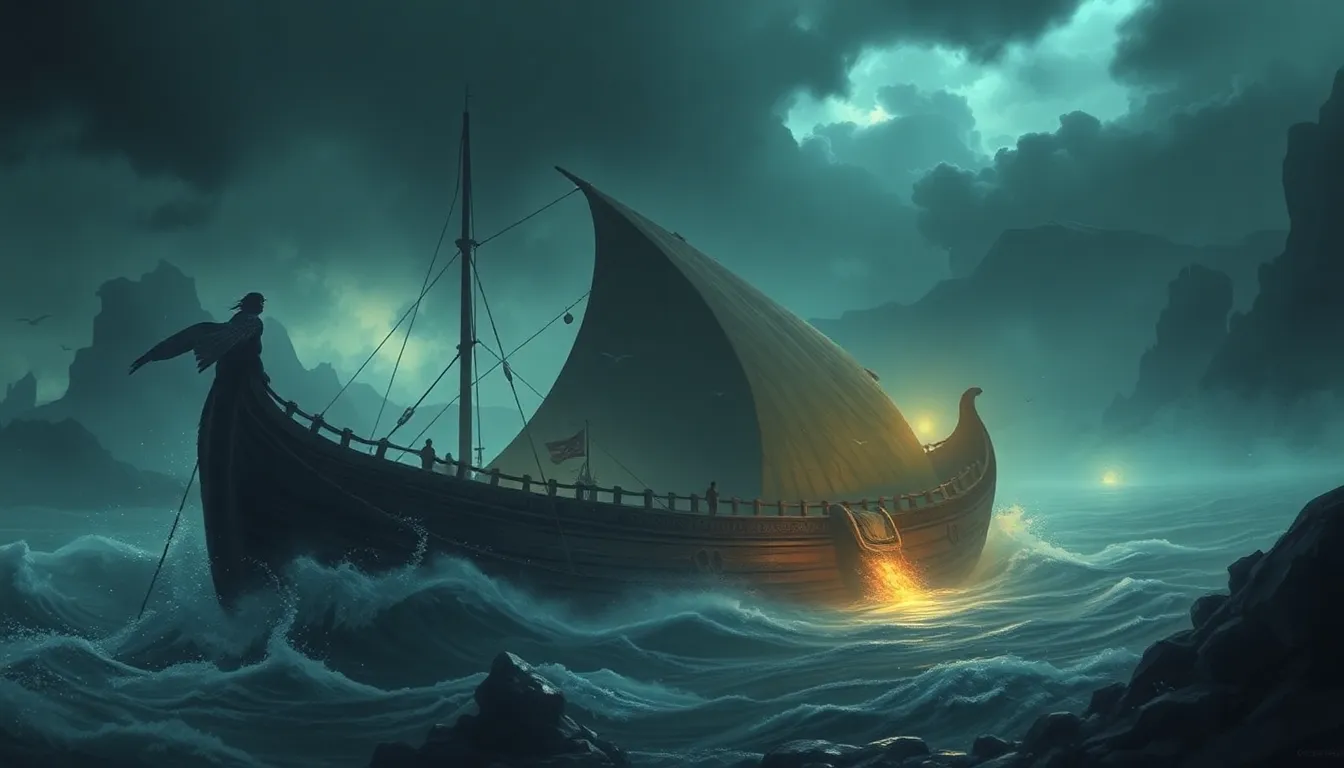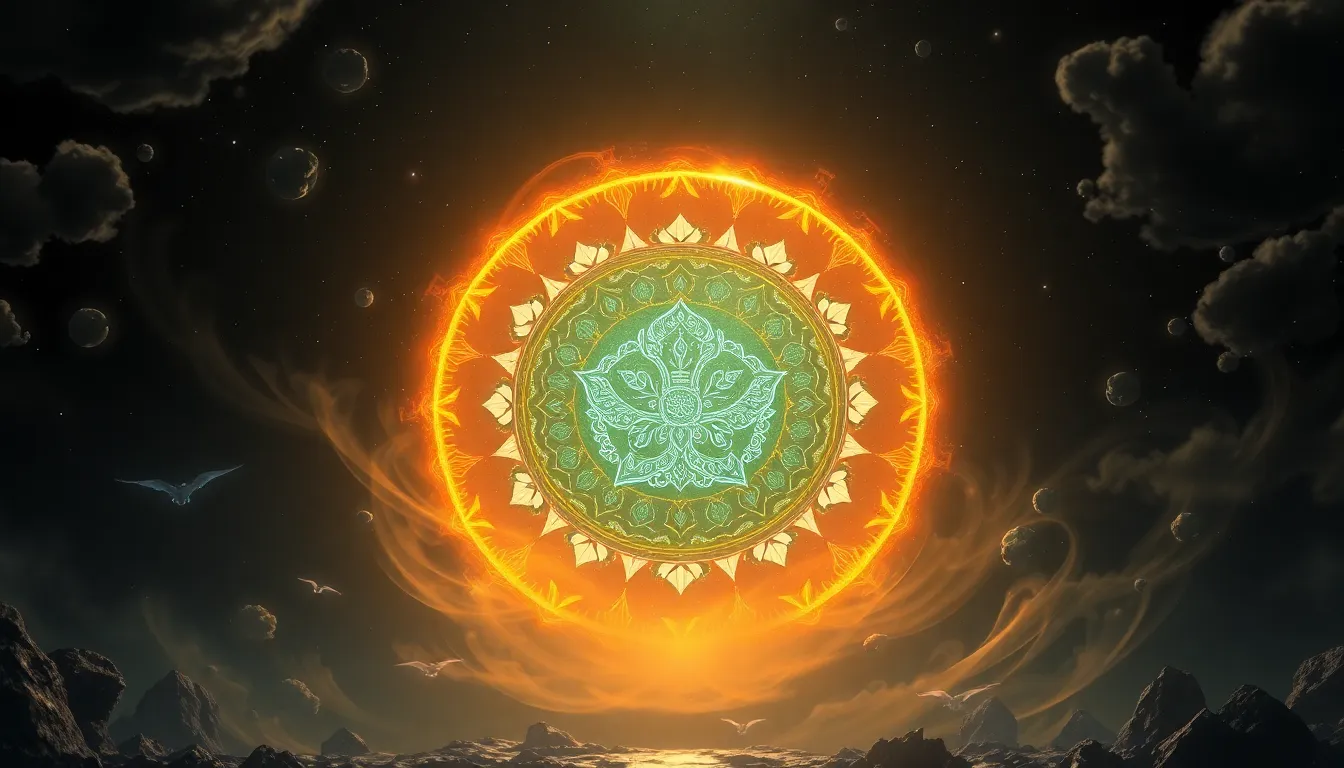The Most Mysterious Ancient Deities: Legends That Remain Unsolved
Introduction to Ancient Deities
Throughout history, the significance of deities in ancient cultures has been profound, serving as embodiments of natural forces, moral principles, and cultural values. These divine figures were not only central to religious practices but also played crucial roles in the social and political landscapes of their societies. The allure of mystery surrounding ancient legends captivates the imagination, inviting exploration into the narratives that have persisted through the ages.
This article delves into some of the most enigmatic ancient deities, examining the unresolved narratives that continue to intrigue scholars and enthusiasts alike. By exploring these legends, we aim to uncover the complexities of belief systems that have shaped human history.
The Enigmatic Nature of Deities
Ancient deities are often characterized by their multifaceted personalities and diverse attributes. They embody both benevolence and wrath, creation and destruction, reflecting the dualities of human nature and the world itself. Myths surrounding these gods serve not just as tales of worship but as vehicles for cultural identity and moral lessons.
The mystery that enshrouds ancient gods enhances their narratives, leaving ample room for interpretation and speculation. This enigmatic quality invites ongoing discussion about their roles and meanings across different cultures and eras.
Case Study: The Egyptian God Amun
Amun, one of the most significant deities in ancient Egypt, held a critical position in the pantheon. Originally a local god of Thebes, Amun became a national god, symbolizing the essence of creation and the hidden forces of the universe.
The mystery of Amun’s identity lies in his attributes, which evolved over time. He was often depicted as a man wearing a crown adorned with two plumes, representing his connection to the hidden and the revealed. Worship practices included elaborate rituals and offerings, emphasizing Amun’s role as a life-giver.
Recent archaeological discoveries, including texts and artifacts, have provided insights into Amun’s worship during the New Kingdom. These findings reveal the complexities of his character and the syncretism that occurred with other deities, such as Ra.
The Forgotten Goddess: Inanna of Sumer
Inanna, the Sumerian goddess of love, war, and fertility, is a pivotal figure in Mesopotamian mythology. Her significance is highlighted in various myths, particularly her descent into the Underworld, which remains one of the most enigmatic narratives.
The mystery surrounding Inanna’s descent is rich with symbolism, reflecting themes of death, rebirth, and the cyclical nature of life. Her journey can be interpreted as a metaphor for personal transformation and the inevitability of facing one’s inner darkness.
Modern interpretations of Inanna’s legend have implications for contemporary discussions on gender and power, as she embodies both vulnerability and strength in her mythological journey.
The Duality of the Hindu God Shiva
Shiva, one of the principal deities in Hinduism, is renowned for his complex nature and profound symbolism. As the “Destroyer” in the Hindu Trimurti, Shiva represents the cyclical nature of existence, encompassing creation, preservation, and destruction.
The mysteries surrounding Shiva are particularly evident in his cosmic dance, known as Tandava. This dance symbolizes the rhythm of the universe, embodying both chaos and harmony. The interpretations of Tandava vary across different sects, reflecting the diverse beliefs and practices within Hinduism.
- In Shaivism, Shiva is revered as the ultimate reality.
- In Shaktism, he is seen as a consort to the goddess Shakti, emphasizing the balance between masculine and feminine energies.
These varying interpretations showcase the rich tapestry of beliefs surrounding Shiva and highlight the enduring mysteries that captivate followers and scholars alike.
The Unsolved Enigma of the Celtic God Cernunnos
Cernunnos, often referred to as the “Horned God,” is a prominent figure in Celtic mythology. His depictions in ancient art, characterized by antlers and a seated posture, evoke a sense of mystery regarding his role and significance.
Theories about Cernunnos abound, suggesting he may have been a god of fertility, nature, or the underworld. However, the lack of written records from ancient Celtic societies complicates our understanding of his worship and attributes.
- Cernunnos is frequently associated with animals, particularly stags and serpents.
- Some scholars propose that he embodies the spirit of the wild and the cycle of life and death.
The absence of definitive texts leaves much to speculation, making Cernunnos one of the most intriguing deities in ancient mythology.
The Norse Trickster: Loki
Loki, a central figure in Norse mythology, embodies the complexities of duality. He is often characterized as a trickster, straddling the line between benefactor and antagonist. His mischievous nature leads to numerous adventures and conflicts among the gods.
The unresolved questions surrounding Loki include his origins and ultimate fate. As a figure who can shift between loyalty and betrayal, he challenges the notions of good and evil within the Norse pantheon.
His eventual role in Ragnarök, the end of the world in Norse mythology, raises intriguing questions about redemption and fate, solidifying his status as an enigmatic figure.
The Mysterious Deities of the Americas: Quetzalcoatl
Quetzalcoatl, the feathered serpent god, holds a significant place in Mesoamerican cultures, particularly the Aztec and Toltec civilizations. His mythology varies across cultures, often embodying the duality of creator and destroyer.
The varying accounts of his mythology complicate our understanding of Quetzalcoatl’s role. Some legends depict him as a god of wind and learning, while others highlight his association with agriculture and fertility.
- Quetzalcoatl is often credited with creating humanity.
- His mythos includes themes of sacrifice and resurrection, reflecting the cyclical nature of life.
Theories surrounding his historical existence suggest he may have been inspired by a real person or leader, adding another layer of mystery to his legacy.
The Influence of Ancient Deities on Modern Culture
The mysterious nature of ancient deities continues to influence contemporary literature, art, and film. They serve as powerful symbols that resonate with modern audiences, often reflecting themes of identity, morality, and the human experience.
The resurgence of interest in ancient mythologies has sparked a revival in spiritual practices and cultural exploration, highlighting the timeless relevance of these narratives. Today, ancient myths inspire a new generation, fostering connections to the past while inviting reinterpretation.
Conclusion: The Legacy of the Unsolved
The significance of mystery in understanding ancient deities cannot be overstated. These enigmatic figures invite us to ponder complex questions about existence, morality, and the human condition. As we explore the unresolved narratives surrounding these ancient gods, we gain deeper insights into the cultures that revered them and the timeless themes they represent. The legacy of these mysteries continues to shape our understanding of history and spirituality, reminding us of the intricate web of beliefs that connect us across time and space.



